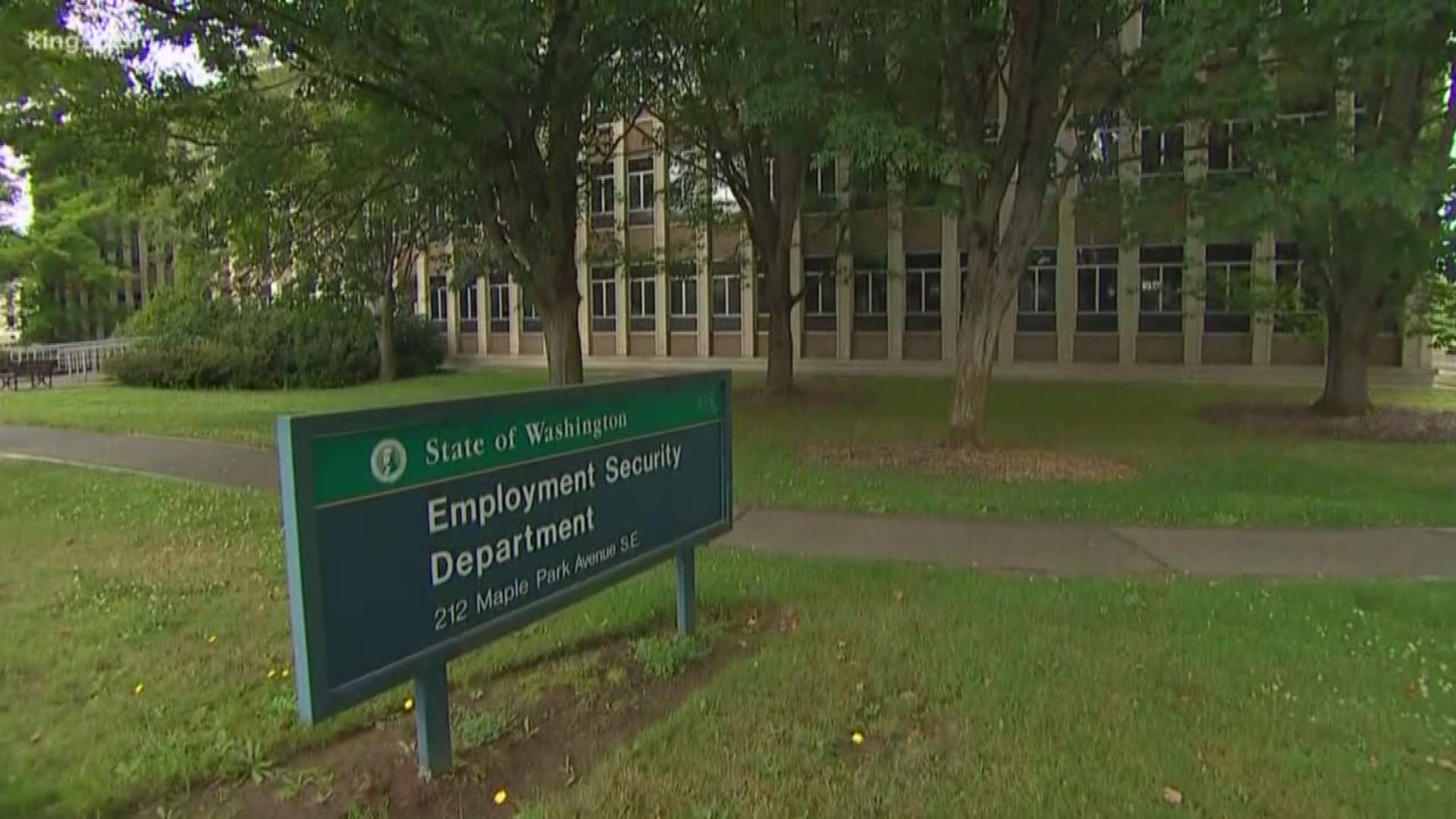A bill page can tell a story. For example, let’s look at the bill page for SB 6617 (public records):

We can see the bill was officially introduced on 2/22 and adopted on 2/23 with no public hearings (a work session was held, however, on 2/22). The bill also includes an emergency clause.
Now let’s look at the bill page for SB 6620 (gun control) that was introduced a day later:

How was a public hearing held on SB 6620? Weren’t we told for SB 6617 that there was no time for a public hearing and normal committee process because it was too late in session and the rules had to be suspended? Also of note, there is no emergency clause on SB 6620.
Speaking of apparent double standards, consider this interview Governor Inslee gave yesterday on MSNBC saying he “can’t" veto SB 6617 because it passed with a supermajority vote. Last year, however, the Governor issued a partial veto of SB 5977 (also adopted with supermajority vote) saying about that proposed B&O tax cut: “tax reductions should be considered in a thoughtful, transparent process that incorporates public input . . ."
The process for SB 6617 was even less transparent than last year's B&O tax cut proposal. That effort, unlike SB 6617, actually had a public hearing and committee action first (Note: B&O tax cut from SB 5888 was rolled into the vetoed part of SB 5977).
Of course, the Governor made his comments on MSNBC before hundreds of Washingtonians contacted his office demanding a veto and the state’s newspapers broke with tradition to publish front-page editorials calling for a veto.
We’ll soon know if this public outcry has changed the Governor’s mind about whether he has the power to issue a veto.
Additional Information
Lawmakers have awakened a sleeping giant - Demand for transparency grows
Timeline: Legislative public records debate
Should state lawmakers be held to same public disclosure requirements as local officials?
Policy Guide: Open and Accountable Government





